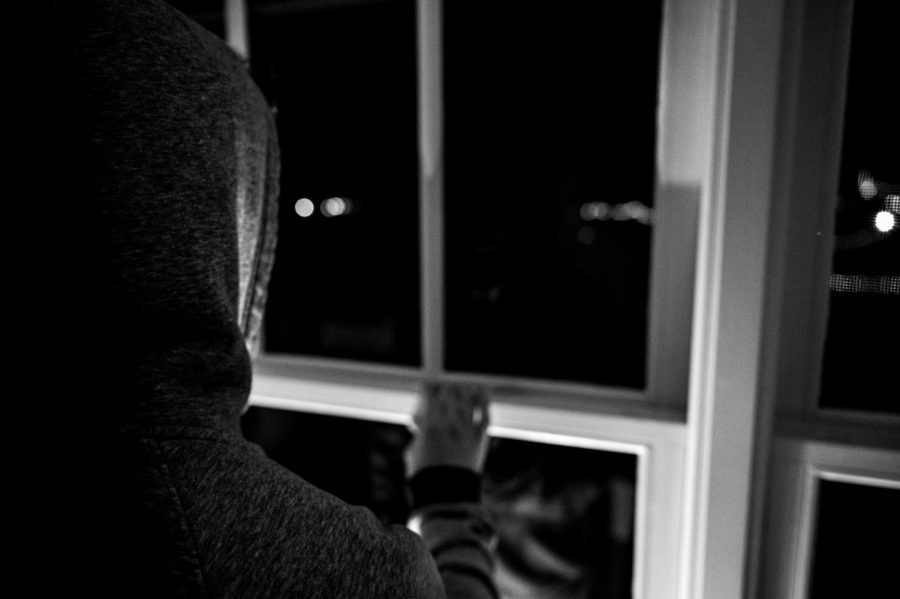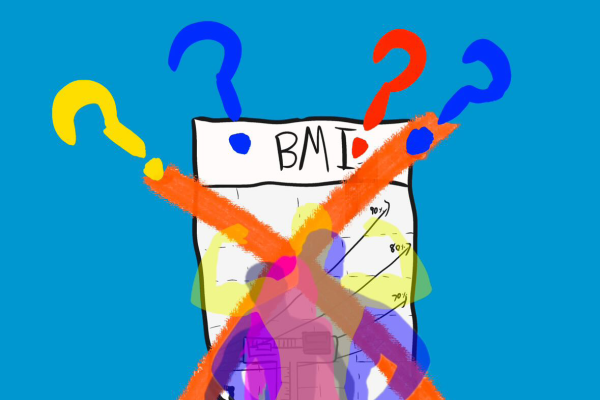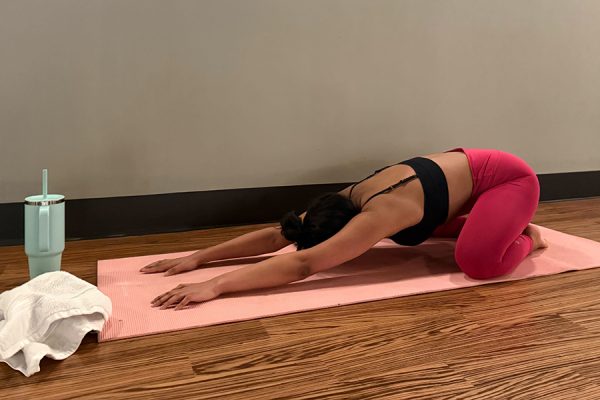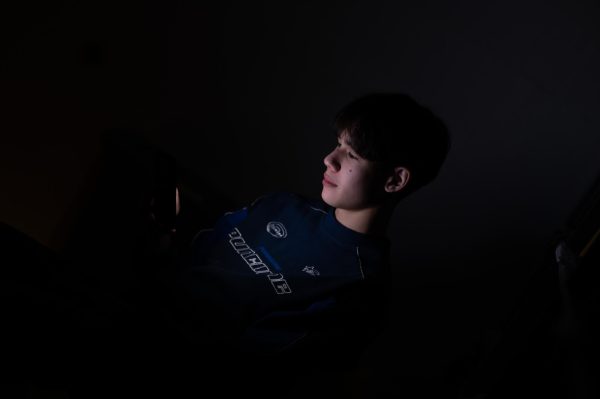Seasonal depression darkens students’ moods
Murky moods. After months of isolation, seasonal depression can cause even more sadness, fatigue, and low motivation.
With cloudy days and early sunsets, many U-High students are used to going through the day without seeing the sun. This shortened amount of daylight hours may alter students’ feeling, and while a slight shift in energy levels can be attributed to “winter blues,” counselors say a drastic change in mood may be associated with something more serious.
Seasonal affective disorder, also known as seasonal depression, is a mood disorder that can affect people’s sleeping, eating, or social habits and occurs specifically with a decreased exposure to sunlight.
According to U-High counselor Camille Baughn-Cunningham, SAD is a subtype of depression with similar symptoms. These symptoms include a generally sad mood, sense of hopelessness, changes in sleeping or eating patterns, social withdrawal or isolation. Dr. Baughn-Cunningham, a licensed clinical psychologist, noted that the specific time frame for seasonal affective disorder distinguishes it from generalized depression that can occur at any time of the year under any environmental circumstances.
“You’re going to see all those same things, but with seasonal depression you’re going to see it at a certain time,” Dr. Baughn-Cunninham said. “People who have SAD tend to experience those symptoms in late fall or early winter through to the spring.”
Dr. Baughn-Cunningham shared two other important aspects of seasonal affective disorder. She said there tends to be a gender difference, where women experience higher rates of seasonal affective disorder. Additionally, there is a genetic component that comes down to an individual’s family medical history.
Dr. Baughn-Cunningham emphasized a clear distinction between the general sense of low energy experienced during the winter — what she calls the “winter blues” — and diagnosed seasonal affective disorder. Clinical seasonal affective disorder would affect an individual’s life in more extensive ways than just a shift in energy levels.
“Most of us, if not all of us, feel some shift in our mood, our energy, our desire to sleep more when it gets cold and dark. Noticing those things is important, but that is typically not seasonal depression,” Dr. Baughn-Cunningham said. “People should be paying attention to those shifts, but not being quick to kind of rush to judgment or over-diagnose themselves.”
Because of this significant distinction, Dr. Baughn-Cunningham advises people to steer away from using the term in casual conversation.
“I think all of us do that to some degree. I would want to remind all of us to be more thoughtful about the terms we use to describe how we’re feeling,” Dr. Baughn-Cunningham said.
Senior Sarah Brady experiences some of these changes in her energy during the winter, though she is not diagnosed with SAD.
“I definitely get tired earlier. I get home from school and all I want to do is take a nap,” Sarah said. “I feel more worn down when it’s cold outside and there’s no sun.”
Many people may use the term “seasonal depression” to describe their mood during winter months, but Dr. Baughn-Cunningham emphasized that clinical seasonal affective disorder would affect an individual’s life in more extensive ways than just a shift in energy levels.
“Depression, seasonal depression or any depression, is going to be something that’s going to impact our lives in a really pervasive manner. It’s going to affect how you think, how you feel and how you function,” she said.
Many of the treatment options for depression are used to approach seasonal affective disorder, including counseling, psychotherapy and medication. An option more specific to seasonal affective disorder is phototherapy, or light therapy, primarily through the use of sun lamps.
According to Dr. Baughn-Cunningham, sun lamps are becoming increasingly popular as a way to help with fatigue in the winter, even for those who do not have seasonal affective disorder. Sun lamps, also called light boxes or SAD lamps, imitate natural light and act as a substitute for when people can’t get enough throughout the day.
Sarah started using a sun lamp last winter while U-High students were still in distance learning. Her psychiatrist recommended a VIPEX light therapy lamp to help her get enough natural light, which she uses for about 30 minutes at a time.
“In online school I would use it in the morning, but now I use it after school, but I make sure it’s not too close to when I go to bed,” Sarah said. “I wouldn’t say there were crazy effects from it, but I really just think this will make the winter just a bit better.”
During these dark winter months, Dr. Baughn-Cunningham suggested that everyone, regardless of if they have SAD, listen to their body and their emotions and reflect on their mental health.
“Be thoughtful about what health means to you,” she said. “Think about living a healthy life in terms of your sleep, your nutrition, your relationships, your workload, and to think about that balance and what it means for you.”

























































